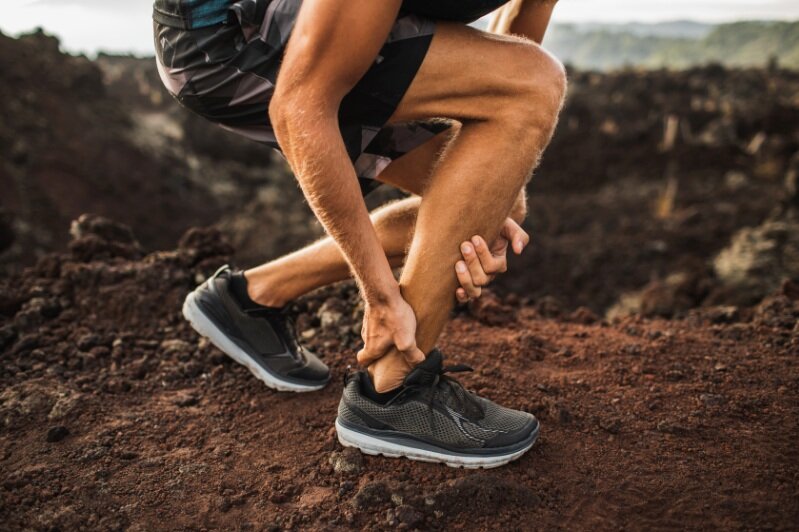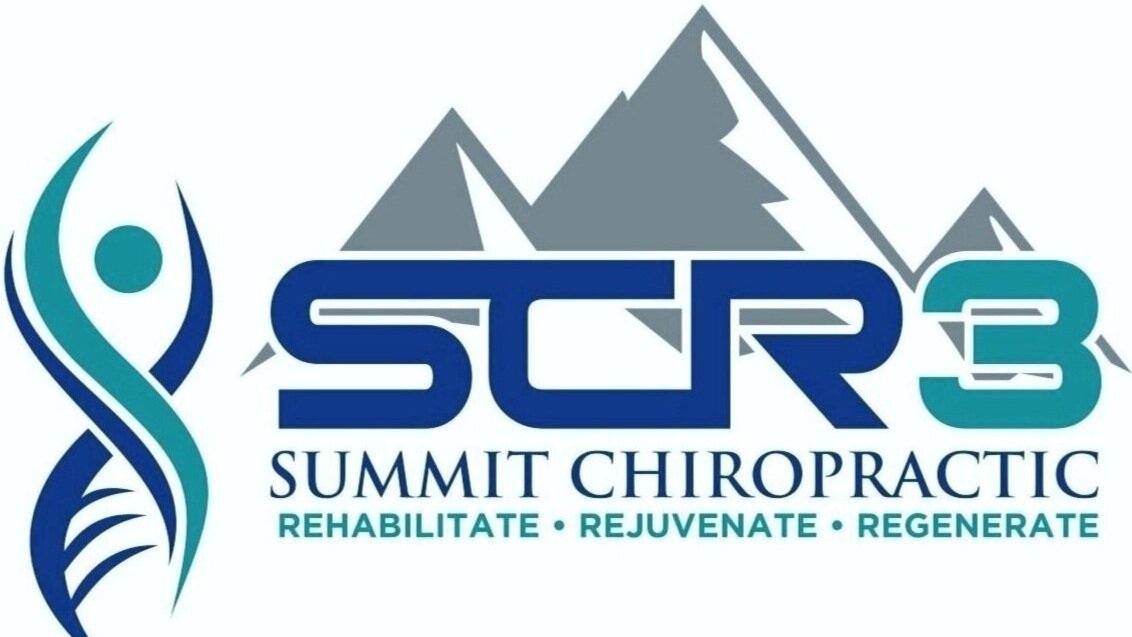
Achilles Tendonitis/Tendinopathy
The Achilles is the largest and most robust tendon in the body. Despite this, it has become the bane of existence for many a runner and hiker. The key to treating an achilles injury is a rehabilitative approach with graded loading over time.
Locations of Achilles Tendon Pathology
Mid Substance
Mid substance achilles tendonopathy is when the middle of the tendon is affected. This can lead to a painful enlargement at the middle of the tendon. Some joint crepitus (sounds) may accompany these changes
Insertional
Insertional tendinopathy occurs where the tendon attaches to the heel. This has to be managed differently from mid portion presentation because the heel can create a compressive force on the tendon; leading to further pain.
Muscle-tendon junction.
Where the muscle meets the tendon is especially prone to injury because this is where we have a shift from tendon to muscle tissue. This junction between contractile tissue and connective tissue places it at risk for pathology.
Treatments to avoid with tendon injury.
When it comes to tendon injury, there is a right way and a wrong way to get back to your full activities and function. Click below to see some of the treatments to avoid when you are experiencing tendon pain.
The Stages of Tendon Pathology
There are a few different kinds of achilles tendinopathic presentations based on their location. But most of them still follow these stages of pathology. This staged model from Cook et al (2009) explains how tendon pathology and changes occur. However, it is important to note that once tendon changes occur, they are typically set after we reach skeletal maturity. But we can still return to full function and performance without changing tendon structure.
Reactive Stage
In this stage of tendon pathology we have overloaded the tendon and it is now swollen and somewhat inflamed. This stage can last a few days and it is important to modify or decrease loads placed on the tendon.
Disrepair stage
The disrepair stage of tendon pathology is characterized by the body sending in cells to try and heal damaged tissue. These cells can come through in a bit of a disorganized manner, leading to changes in the tendon structure.
Degenerative stage
When excessive loads are chronically applied to a tendon, it can begin to degenerate. This leads to disorganization of the connective tissues, and decreases in the robust capacity of the tendon.
Optimal treatments for Achilles Tendinopathy
-
Specific strengthening exercises have been shown to benefit patients in terms of pain and strength of the tendon. However a thorough assessment is needed to establish what types of strengthening exercises should be used for each individuals achilles as some exercises may harm the tendon.
-
If the muscles that connect to the achilles, as well as the tissues around the achilles, are tight, then it will be an uphill battle in normalizing the tendon function and decreasing pain. Targeted soft tissue therapy can go a long way in decreasing pain and improving function in the areas around the tendon. This will give the tendon a better chance at healing and returning to normal.
-
Sometimes joints and tissues above and below the achilles can contribute to its pathology. In a thorough biomechanical assessment we make sure that other areas of the body are not contributing to pathology of the tendon.
-
Especially in chronic cases, 4 - 8 shockwave therapy treatments have been shown to significantly decrease pain and dysfunction associated with achilles tendinopathy. It has also been shown in the American Journal of sports medicine to be more effective when in combination with strengthening exercises than strengthening exercises alone (Mani-babu et al., 2015). Check out our blog on shockwave therapy by clicking HERE



